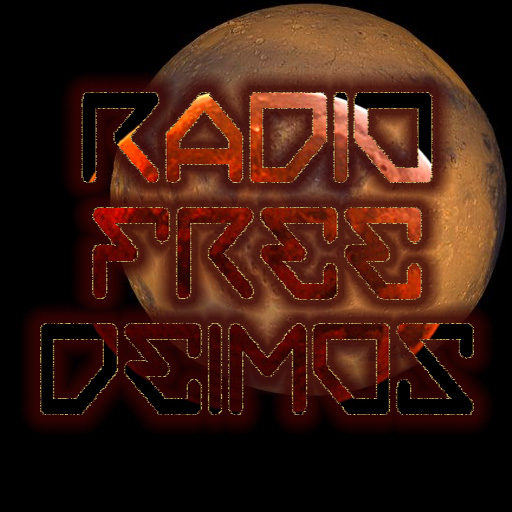The game is made of four eight-minute quarters, teams alternating on offense or defense. In a given round, Team A’s offensive line will compete against team B’s defensive line and robot set B, or the other way around. Teams are not allowed to watch the opposing team’s rounds, though they can trade notes of their own plays.
At the start of the quarter or after a goal is scored, the offensive team is given the ball and starts play at the edge of the outer field. Robots start at the center of each field, and defense starts at their goal line. Points are scored by getting the ball in the goal (5 points), or an offense player being knocked prone in either the midfield (1 point) or goal zone (2 points).
Robots are not repaired over the course of the game. They are hard to completely destroy or take out of the game, but are made to be damaged and partially disabled. Each game features a new set of robots with new capabilities. Some are offensive, some can receive passes and play with a degree of strategy. None will directly impede the defense team, at worst they will be a nuisance to all players in their field zone, but their actual behavior and capabilities vary, and learning them is a part of the game.
Outside of standard game points, players are ranked by yards run in possession, passes to other players or robots, robot damage, and takedowns. Players typically play just defense or offense, but some role-shuffling is allowed as the players learn about the capabilities of the opposing team and robots.
